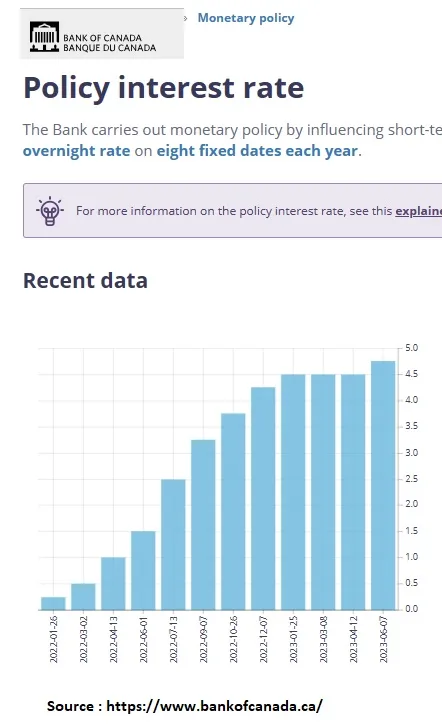Navigating the Shift in Commercial Real Estate: Multifamily Investing Amid Rising Interest Rates
In the multifaceted world of commercial real estate, one component that often catches investors off guard is sudden policy changes. In March 2022, the central banks of the Western world adopted an aggressive stance against inflation, hiking short-term policy rates. While the efficacy of this strategy is up for debate, the ripple effect on the bond and mortgage markets was undeniable, leading to an uptick in the 5-year and 10-year bond rates.
The commercial real estate sector, with its brokers and multi-family investors, felt the shock waves of these changes.

Notably, even with the generally favorable CMHC insured mortgages available to apartment building owners, we still witnessed a significant surge in rates from March 2022 onward. So, how can multifamily investors who are acquiring properties in this shifting landscape safeguard their investments?
Unlocking the Success Matrix in Multifamily Investing
The success matrix for a multifamily investor boils down to an important aspect: the property’s rent potential. Ensuring the targeted property has a considerable upside in current rents is crucial. This not only provides a buffer for potential management missteps but also equips the investor with protection against future interest rate hikes.
Let’s consider a typical urban property, presuming there’s no immediate need for substantial capital improvements. If there’s a 50% upside potential (or more) in the rents and the property is purchased at a fair market value, with a 4.25% capitalization rate and a 4.8% 5-year CMHC insured mortgage rate, the investment’s outlook is extremely positive.
For example, a property with gross revenues of $200,000 and a 40% expense ratio, generates a net operating income of $120,000. If the investor can realize 70% of the rent upside over five years, a property purchased for $2,823,529 in 2023 could be worth $3,811,764 by 2028, assuming a constant 4.25% cap rate. This implies a 35% property value appreciation and an impressive 89% equity appreciation,

given a 57% loan-to-value ratio and a 43% down payment. This is a very plausible scenario within our multifamily investing landscape, even without considering potential inflation effects on rental rates.
The Evolving Landscape of Commercial Real Estate and Multifamily Investing
The commercial real estate sector, particularly multifamily investing, is no stranger to frustrations. The low-interest days during the Covid-19 environment are gone, but opportunities still abound. The current landscape sees a mix of sellers wanting to offload properties and long-term investors hunting for viable deals. The secret to succeeding as a multi-family investor lies in purchasing properties with promising rent upside at fair market prices, and just managing the properties over the long run.
At Baron Realty, we excel in bridging the gap between buyers and sellers of apartment buildings. We deliver top-tier boutique-brokerage services for apartment transactions in the Ontario and Quebec markets.




